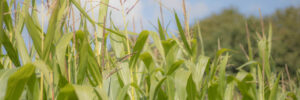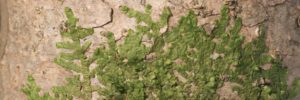
a-MAIZE-ing: Sustainable Pest Control Investigated with SIRIUS
Agriculture has always been a dance with nature, requiring farmers to constantly adapt to changing conditions. One particularly promising method that has emerged over recent decades is push-pull technology, a strategy that uses nature’s own defenses to protect crops and boost yields. Using SIRIUS, researchers uncovered metabolites in push-pull maize that enhance its natural defense against pests.

